Pensacola, Florida
by
Isaak Tirion
Early Spanish settlement in Florida
Detail
Date of this view: ca. 1750
Dimensions (not including margins): 14 x 26 cm
Condition: very good. Copper engraving on strong paper. Old colouring. Double centre fold as published, but minor browning at bottom centre fold (outside map). Wide margins.
Condition rating: A+
Verso: blanc
Price (without VAT, possibly to be added): €250,00 (FYI +/- $277,50 / £222,50)
Unless otherwise specifically stated on this map page, we charge the following expedition costs in euro (unfortunatelly, gone up with Covid, but still too low in reality!):
– Benelux: 40 euro
– Rest of Europe: 60 euro
– Rest of the World: 100 euro
In stock
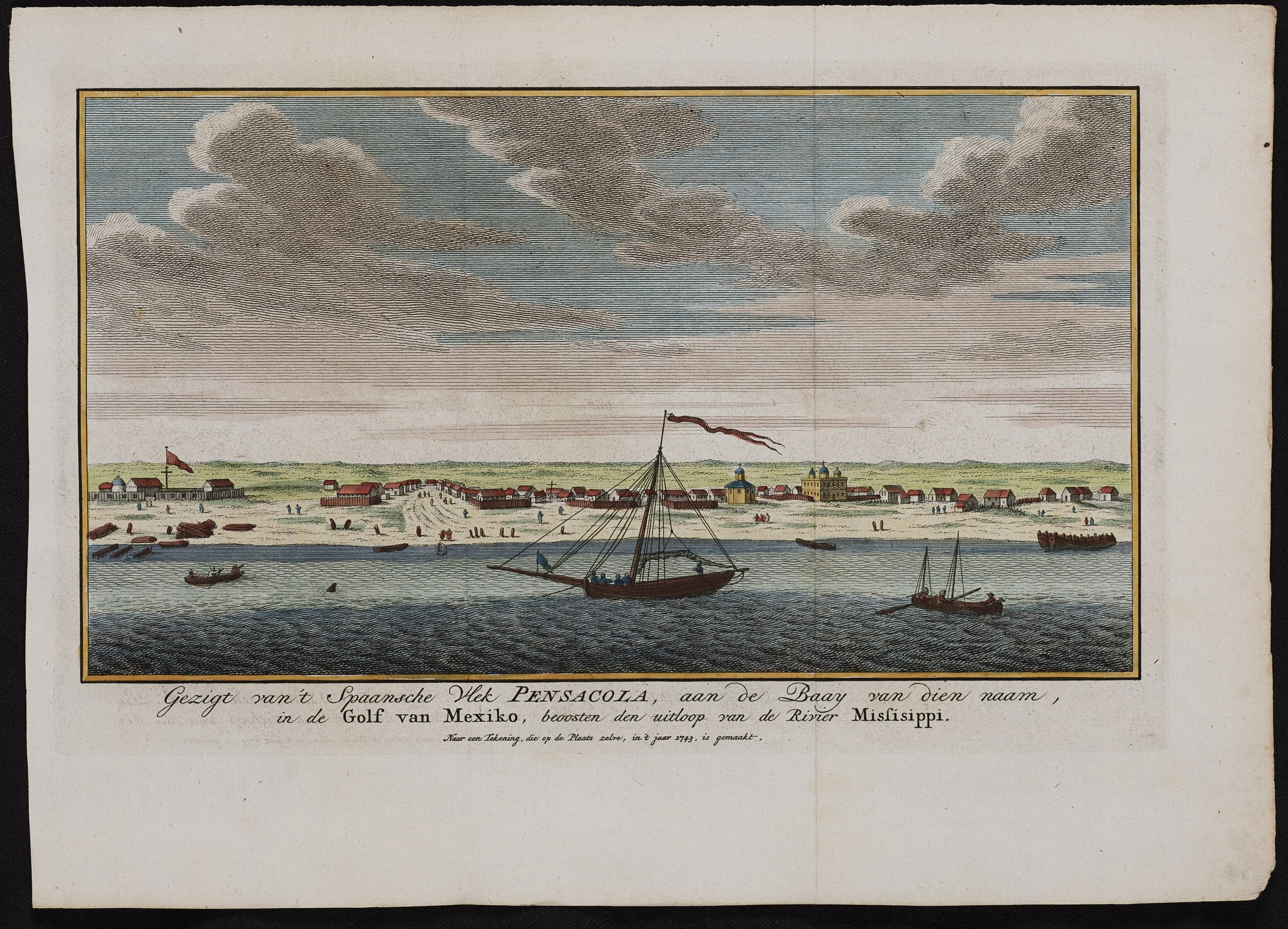
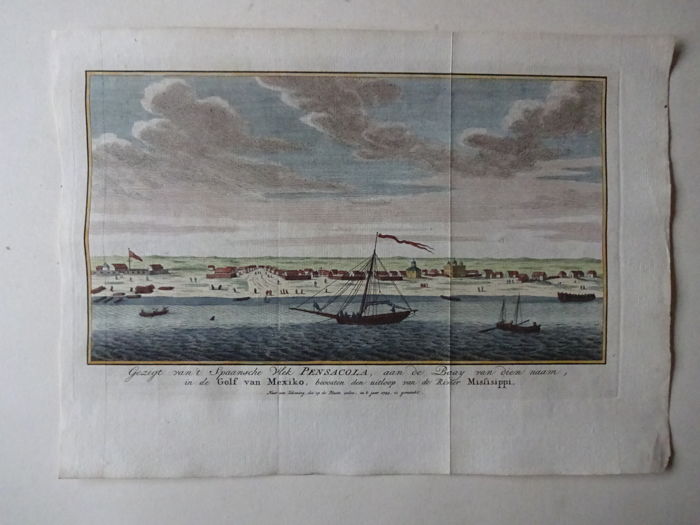
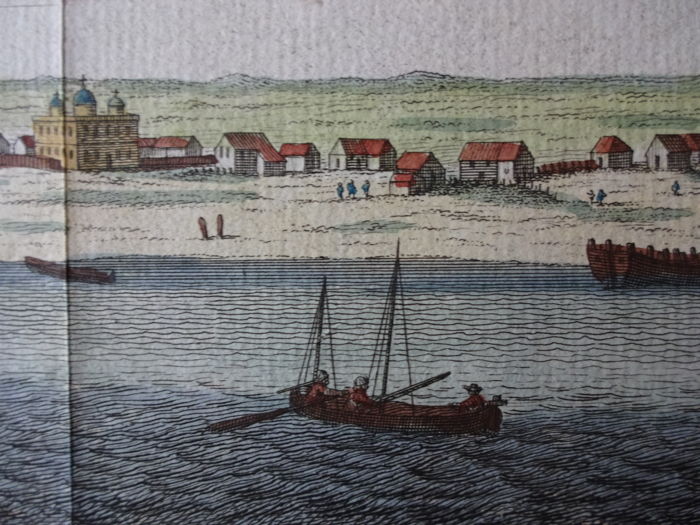
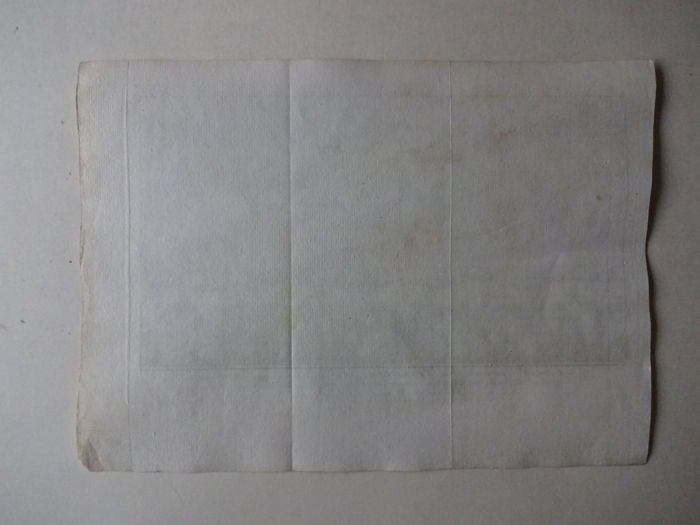
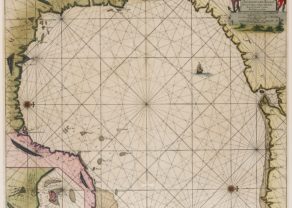
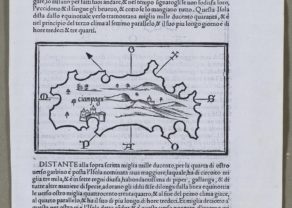
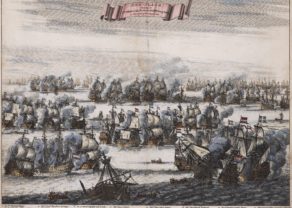
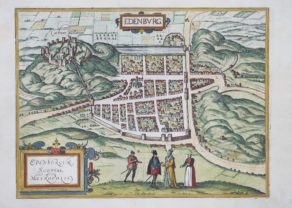
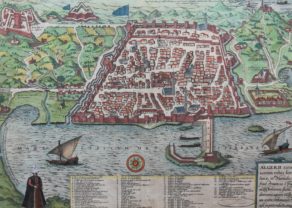
Pensacola, NW Florida
The historical era begins with the arrival of Spanish explorers in the 16th century. Pensacola was derived from Pansfalaya, a local Native American tribe.
The area’s written recorded history begins in the 16th century, with documentation by Spanish explorers who were the first Europeans to reach the area. The expeditions of Panfilo de Narvaez in 1528 and Hernando de Soto in 1539 both visited Pensacola Bay, the latter of which documented the name “Bay of Ochuse”. In 1559 Tristan de Luna established a short-lived settlement at Pensacola Bay; it was the first multi-year European settlement in what is now the continental United States but was abandoned after two years (after decimation by a hurricane!). The site was then ignored for approximately 140 years until the Spanish established Fort Barrancas in 1698.
It became a haven for loyalists during the American Revolution but in 1781 was taken by a Spanish force from Louisiana.
The full original title is: “Gezigt van’t Spaansche Vlek Pensacola , aan de Baay van dien naam, in de Golf van Mexiko, beoosten den uitloop van de Rivier Missisippi”. The subtitle: “Naar een tekening die op de plaats zelve, in’t jaar 1743 is gemaakt”